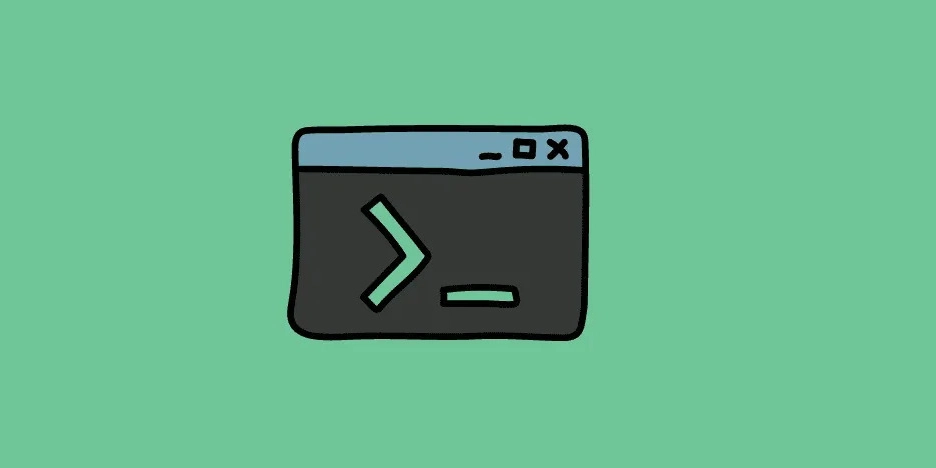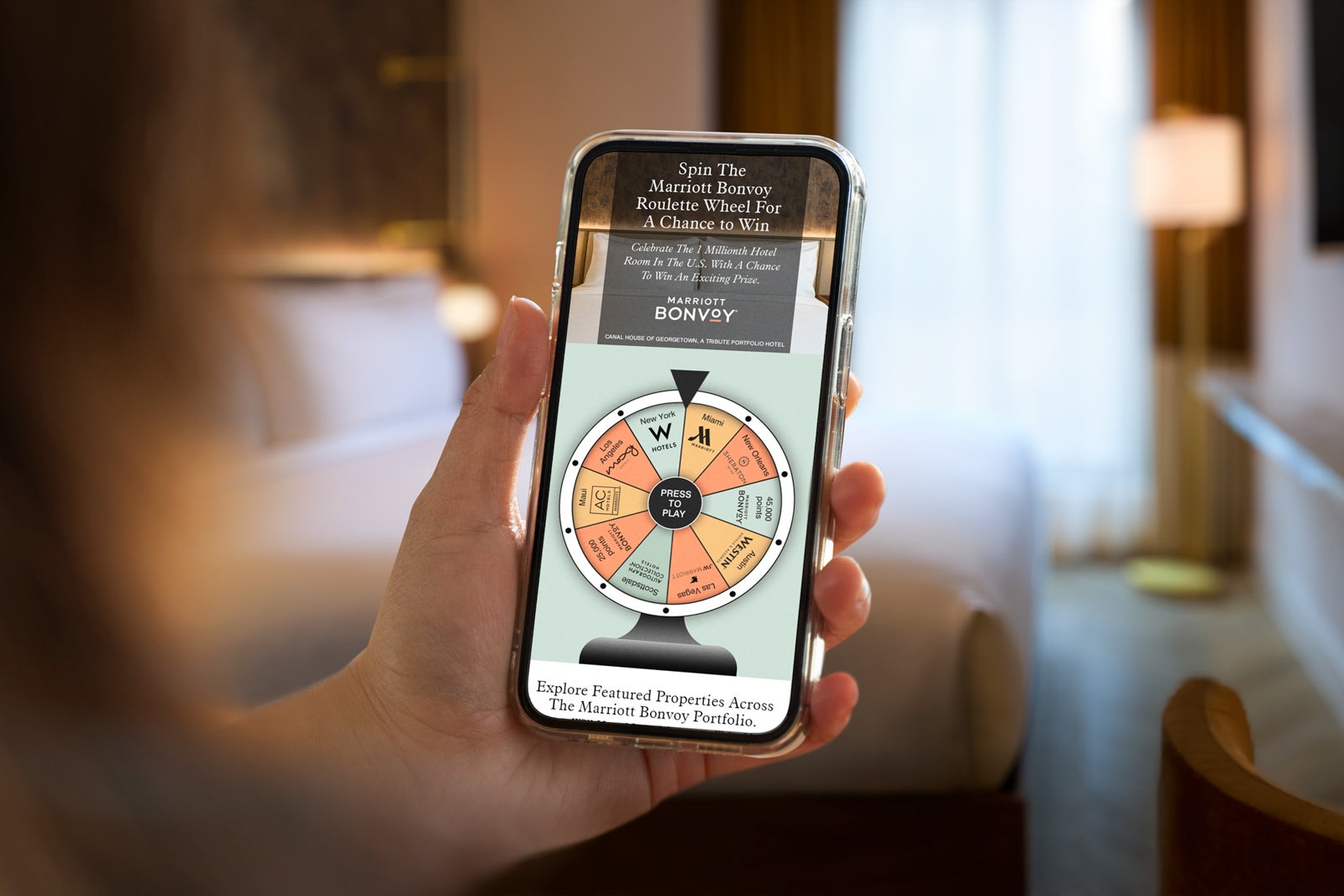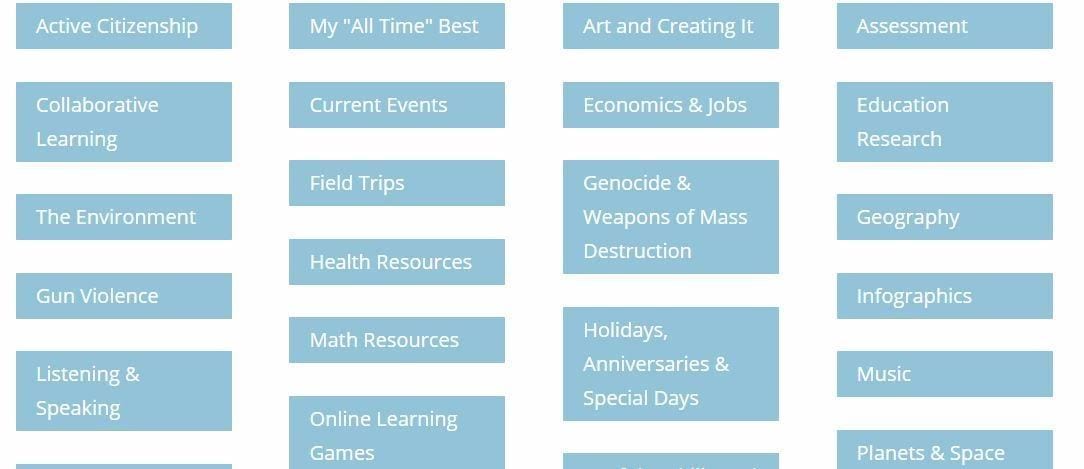4 edtech tools that can transform student teamwork
As a longtime STEM educator, I’ve come to understand the value of teamwork, both within the classroom and beyond. Teamwork is essential for building students’ social-emotional intelligence.


Key points:
- Edtech tools support student learning while boosting engagement
- 5 vocabulary strategies powered by technology
- Edtech tools for station rotation in early learning
- For more on edtech tools, visit eSN’s Digital Learning hub
Have you ever wondered what it takes to be a brilliant scientist? I’ve wondered about this myself on a few occasions. One might assume that the most desirable skills for someone entering a STEM field would be things like vast scientific knowledge or a laser-like attention to detail. However, when I polled a group of local scientists for their opinion, these qualities appeared in only 15 percent of the responses. Instead, they prioritized qualities like curiosity, creativity, and most of all, teamwork.
As a longtime STEM educator, I’ve come to understand the value of teamwork, both within the classroom and beyond. Teamwork is essential for building students’ social-emotional intelligence. It allows students to make responsible choices, build healthy relationships, and explore diverse ideas. Collaboration is also essential to human scientific progress. Nearly every great advancement in human history involved multiple people working together to accomplish a common goal. That’s why I’ve made a point of seeking out the best edtech tools for fostering teamwork and communication among my students.
Here are just four edtech tools that can help transform teamwork in the classroom:
- Padlet: One of my first go-to tools is Padlet–it’s super easy to use and works great for grades 3-12. Students can post text, images, or videos, making it perfect for brainstorming, digital discussions, and sharing resources. I especially like using it for collaborative timelines, maps, and peer feedback. Best of all, it can be used for free, while larger subscriptions remain affordable.
- Whiteboard: Whiteboard is ideal for grades K-12 and works especially well for drawing, images, and math symbols. Unlike Padlet, it’s not free–but the features are worth it. I’ve used it for activities like labeling parts of a lightbulb, where students can draw, type, and share without the pressure of presenting. It’s a fun, low-stress way to get the whole class working together.
- FigJam: This edtech tool is like an endless digital canvas where students can make their own space and enjoy tons of creative features. I’ve used FigJam for hosting class debates, project planning, and even facilitating games. Students can even record their voices to analyze poetry or break down famous speeches. No matter how you use it, FigJam gets kids talking, thinking, and working together.
- Parley: Parley is excellent for leading structured conversations in grades 3-12. The tool comes with real-time tracking of student contributions and engagement while also allowing for individual or group feedback. This is the tool for the teacher looking to host a Socratic seminar or robust classroom debates.The main drawback is that students need to be comfortable with text-based communication. As such, it might be best to employ this edtech tool in more advanced classrooms.
While the landscape of education is always changing, the pursuit of knowledge will forever remain a group project. By integrating these edtech tools into my lessons, I cultivate an environment of curiosity and collaboration where every student feels heard. This gives them the skills and confidence to not only meet the challenges of the classroom, but also those awaiting them in adulthood. So, let’s take advantage of these edtech tools, and help our students take their first steps into a bold, STEM-filled future.










































































